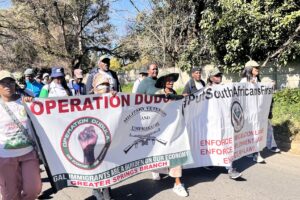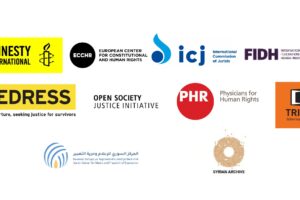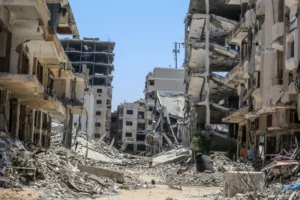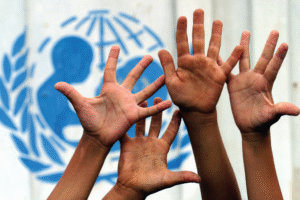59. Another aspect of disappearances that has been underreported in the past and continues at the present time relates to the way in which acts of disappearance are perpetrated in conjunction with other gross violations, with targets drawn from among the most vulnerable groups in society. Numerous testimonies were received concerning these phenomena. The most common examples brought to our notice were: disappearances, combined with “social cleansing” (said to have been a marked feature of the practice in the city of Barrancabermeja for much of the late 1980s and throughout the 1990s, with the urban poor, the unemployed and the so-called “undesirables”, including prostitutes, petty thieves, vagabonds, gamblers and homosexuals as the victims); disappearances, subsequently combined with executions (the victims being drawn mostly from among radical political party leaders or members and trade unionists suspected of collaborating with the guerrilla groups); disappearances, combined with enforced displacement (taking place often mostly in rural areas, the objective being to dispossess victims of their land and properties); disappearances, combined with rape and other forms of sexual violence (with women and girls as victims); disappearances, combined with forced conscription recruitment (directed at children). There seems to have been an increase in all of these practices since the Working Group’s first mission to Colombia in 1988.
Appendix
VOICES FROM THE FIELD: ISSUES, EXPECTATIONS AND DILEMMAS
“The fates of other victims such as prostitutes, thieves, criminals, vagabonds, gamblers, homosexuals, and miscreants in general, tend to be justified as part of ‘social cleansing’: that is, disappearances carried out in the name of wanting to keep the city clean.”
link to full text of Mission report:
http://daccess-dds-ny.un.org/doc/UNDOC/GEN/G06/102/25/PDF/G0610225.pdf




